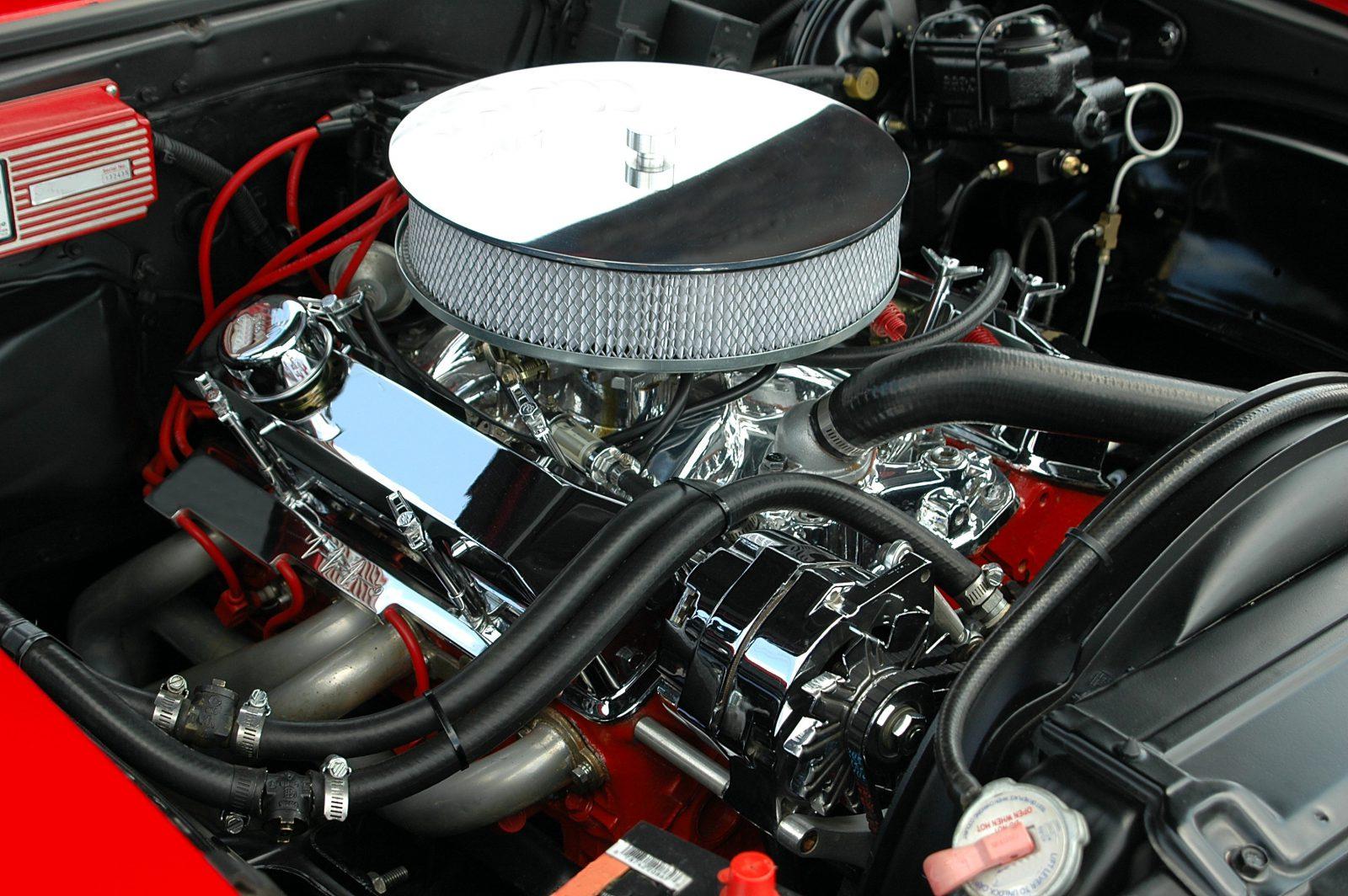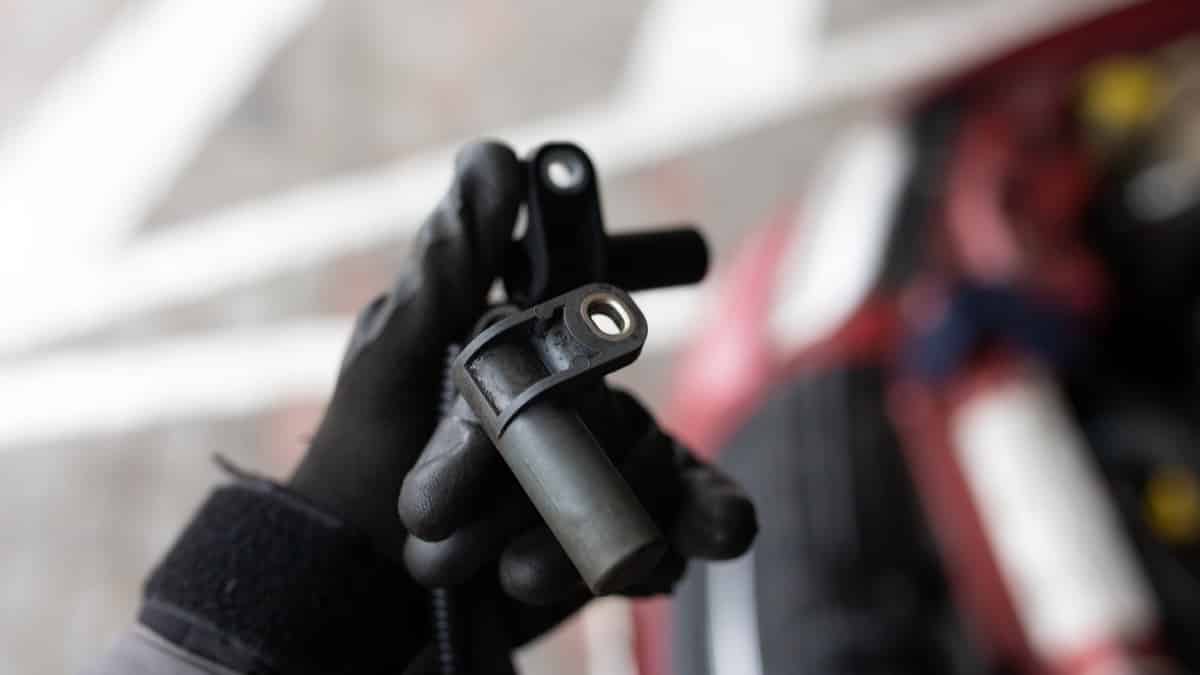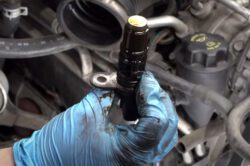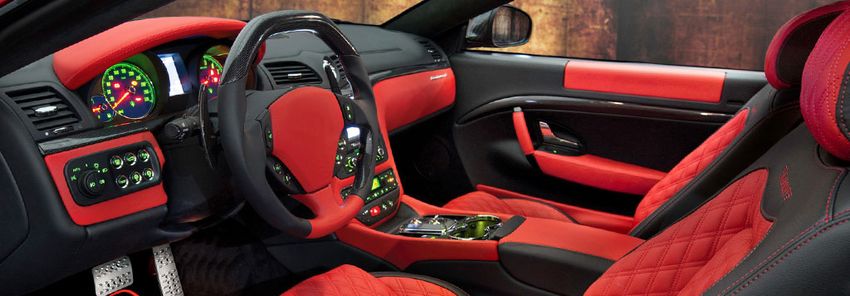The crankshaft position sensor plays a crucial role in the functioning of any engine. It monitors the rotational speed and position of the crankshaft, which is vital information for controlling ignition timing and fuel injection.
Without this important component, engines would be unable to run or even start up at all! In this article, we will take an in-depth look into how crankshaft position sensors work, their various types and applications, as well as how they are used to improve engine performance. We will also explore some common issues that can arise with these sensors and tips on keeping them working properly.
So buckle up and let’s get ready to crank up our knowledge on crankshaft position sensors!
What is a Crankshaft Position Sensor?

Source: carfromjapan.com
A crankshaft position sensor is an important component in today’s modern engines. It monitors the rotation of the crankshaft and sends a signal to the vehicle’s computer system, which can then adjust fuel injection and timing based on engine speed.
The positioning of this sensor varies depending on the type of engine, but it typically rests near the flywheel or harmonic balancer at the back end of an engine block. The role of a crankshaft position sensor is to provide information about piston movement, valve timing and ignition control for efficient operation.
Cranking up knowledge about crankshaft position sensors requires understanding how they work with other components in your car’s networked systems. For example, if there is a problem with your spark plugs or fuel injectors, your car may not start due to incorrect signals from its various sensors.
If you experience difficulty starting your vehicle or notice increased vibration during acceleration then this could be due to faulty signals sent by a malfunctioning crankshaft position sensor. The more you know about how these critical parts interact within your vehicle’s complex mechanical system, the better prepared you are should any problems arise down the road – literally! A properly functioning crankshaft position sensor ensures that all cylinders fire correctly providing optimal performance while keeping emissions low so it pays off to stay informed as part of a preventative maintenance routine!
Understanding How Crankshaft Position Sensors Work
A crankshaft position sensor is a device used to monitor the rotational speed and position of the crankshaft in an internal combustion engine. It helps the engine management system determine when to fire fuel into each cylinder, as well as other functions such as idle speed control and spark timing.
In order for these systems to work correctly, its important that they be able to accurately measure the rotation of the crankshaft. This article will take a look at how crankshaft position sensors work and what role they play in modern engines.
The most common type of crankshaft position sensor is known as a Hall effect sensor, which uses magnets embedded in the flywheel or harmonic balancer attached to the end of the crankshaft. A set of three magnets are arranged around a spinning armature, with two outer magnets having alternating polarity (North-South-North).
As this arrangement spins past an electronic pickup known as a Hall plate located near one edge of the flywheel or harmonic balancer, it creates voltage pulses proportional to rotation speed. The number and frequency of those pulses can then be read by ECU’s on board computer, informing it about current engine RPMs and allowing proper fuel injection times for each cylinder firing cycle.
Other types of crank angle sensors include variable reluctance sensors (which use ferrous targets) and optical encoders (which use light beams). While older designs may still rely on simple contact-type pick up points combined with mechanical distributor systems similar to those found in old carbureted vehicles; these have largely been replaced by more advanced electronic ignition systems using crank angle sensors due to their greater accuracy over longer distances between components like camshafts or valve gear assemblies compared with traditional contact points setups.
Crank angle sensors also give modern automotive computers information needed for misfire detection/diagnostics so any malfunctioning cylinders can be identified quickly without requiring manual intervention from technicians or mechanics – further improving overall vehicle performance while reducing emissions output significantly too!
Benefits of Installing a Crankshaft Position Sensor

Source: mechanicbase.com
Installing a crankshaft position sensor can bring many benefits to the operation of your vehicle. It is an important component for proper engine functioning, as it helps to accurately measure the position and speed of the crankshaft. With this information, any necessary adjustments in timing or fuel-air ratios can be made by onboard computers.
This ensures that your car runs more efficiently and with greater power output while reducing emissions levels at the same time. As a result, installing a crankshaft position sensor may improve both performance and fuel economy on most vehicles.
Additionally, replacing an old or faulty OEM part with a new one from a reputable manufacturer will help ensure reliable operation over longer periods of time without needing frequent repairs or maintenance work done on it. In short, making sure that you have an up-to-date and high quality crankshaft position sensor installed offers numerous advantages for drivers everywhere!
Conclusion
Crankshaft position sensors are an important component of any engine and can help ensure that the engine is running efficiently and safely. They provide a reliable source of information about the position of the crankshaft which can be used to control fuel injection, timing, and more.
By regularly inspecting your vehicle’s crankshaft position sensor, you can prevent major problems from occurring with your vehicle’s performance or safety. If you need more information on cranking up knowledge regarding these parts click here for additional resources.



